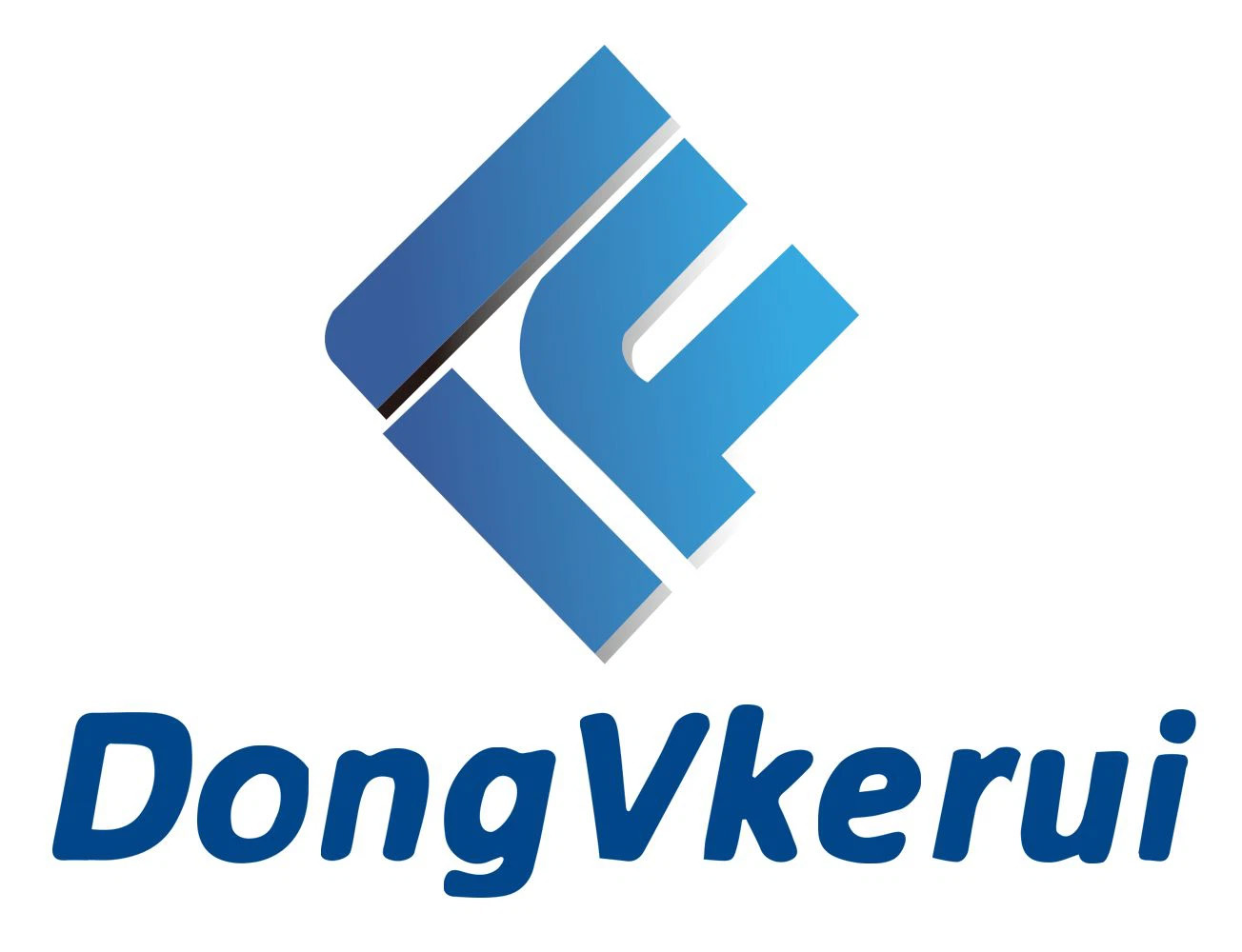News
Introduction to the differences and advantages of 5 common Screen plates
1. Polyurethane Screen plate
Polyurethane Screen plate has excellent corrosion resistance, oil resistance, hydrolysis resistance, bacteria resistance and aging resistance. In the process of using polyurethane Screen plate, it reduces equipment cost, prolongs service life, and reduces noise. It is widely used in mining, metallurgy, coal, coke, coal washing, petroleum and other industries. The classification of polyurethane Screen plate holes includes: comb Screen plate, square hole Screen plate, long hole Screen plate, round hole Screen plate and slotted Screen plate, etc. Whether the screen plate can be evenly tensioned and firm when installed on the screen box has a great influence on the screening efficiency and service life of the screen surface. Usually, the punching Screen plate and the slotted Screen plate are fixed with wooden wedges; the woven mesh with smaller mesh diameter and the punched sieve surface with thickness less than 6mm are fixed with hooks; the woven mesh with mesh diameter greater than 9.5mm and the thickness greater than The 8mm perforated Screen plate is fixed with pressure and screws.
2. Rod Screen plate
The bar Screen plate processing is composed of a group of parallel steel bars with a certain cross-sectional shape. The rods are arranged in parallel, and the interval between the rods is the size of the sieve. The bar screen surface is generally used for fixed screen or heavy-duty vibrating screen, and is suitable for screening coarse-grained materials with a screening particle size larger than 50mm.
3. Punching Screen plate
The punching Screen plate is generally made of round, square or rectangular sieve holes punched on a steel plate with a thickness of 5-12mm. Compared with Screen plates with round or square sieve holes, the sieve surface of rectangular sieve holes usually has a larger effective area, lighter weight and higher productivity. It is suitable for processing materials with high moisture content, but the separation accuracy of screening is poor. .
4. Woven mesh screen
The woven mesh screen is woven with metal wires pressed with buckles, and the shape of the screen holes is square or rectangle. Its advantages are: light weight and high opening rate; and in the screening process, because the wire has a certain elasticity, it vibrates at a high frequency, so that the fine-grained materials adhered to the wire fall off, thereby improving the screening efficiency. It is suitable for the screening of medium and fine-grained materials. But its disadvantage is its shorter lifespan. The screen surface of the woven mesh is divided into two types: coarse holes and fine holes. The manufacturing materials of coarse woven screen mesh include low carbon structural steel wire, spring steel wire and stainless steel wire. The mesh size is generally: 4-125mm, and the diameter of the steel wire is 1.6-12.5mm. The fine-pored woven mesh is generally made of low carbon steel, brass, tin, tin surface copper and stainless steel and other materials, and is woven by a special weaving machine. The opening rate is: 36%-80%, and the mesh size is: 0.03-16mm. The applicable screen angle is: 18°-30°.
5. Slit Screen plate
The slotted Screen plate is made of stainless steel as the sieve bar, and there are three types of structures: strip type, welded type and braided type. The cross-sectional shape of the sieve strip of the slotted Screen plate is circular, and the slot width can be 0.25mm, 0.5mm, 0.75mm, 1mm, 2mm, etc. The slotted screen is suitable for dewatering, de-intermediation and desliming of medium and fine grades.

Providing you with integrated sanding solutions
24/7 before-sales and after-sales services
Comprehensive technical support